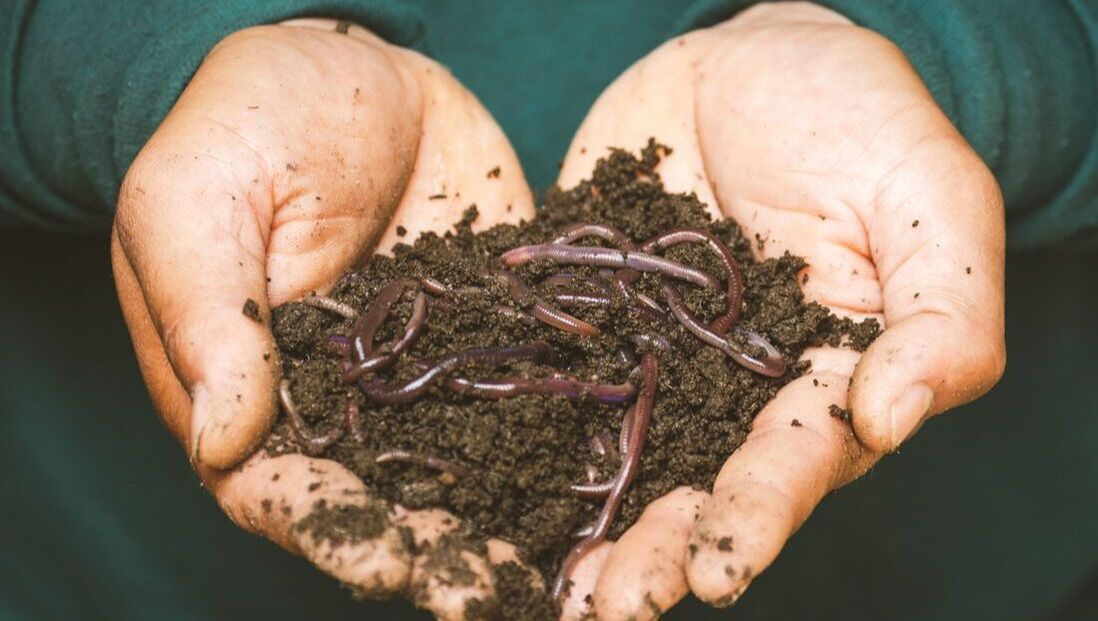Realistic, Sustainable Swaps

If you’re new to zero waste and sustainability, it’s easy to get wooed by the idealized version of sustainable living you may see online. The meticulously organized refrigerators filled with plastic-free groceries; the shelfies with matching mason jars; the houseplants; The wicker. And not a single piece of plastic in sight. Let me introduce you to the “picture-perfect” zero waster, who never forgets their canvas bags and always remembers to ask for no straw.
Sights like these encourage us to throw away all of our “bad” products in order to start fresh with the items we see on these curated Instagram feeds. We go out and buy all of the “zero waste essentials,” spending an inordinate amount of money on products we don’t really need or already have at home… but in plastic. A lot of zero waste and sustainability advice found online is focused on buying new products rather than using what we already have, and for a lot of us that isn’t realistic.
When making the choice to live more sustainably, it’s important to take into account many different factors: Affordability, accessibility, convenience and environmental impact. Not all of us have access to the same products or services, which might make us feel that what we’re doing isn’t good enough. This feeling of inadequacy often leads to someone giving up on sustainable living, which is not what we want.
Below are six realistic sustainable swaps you can incorporate into your life today to reduce your individual impact on the planet.
Collect your food scraps in a kitchen compost bin. Instead of scraping your food waste into the trash, scoop it into a repurposed container or countertop compost bin instead. This will reduce your food waste significantly, as well as prevent methane emissions from the landfill. Even if you don’t have a backyard to do your own composting, using a kitchen bin is a good way to collect your scraps to drop off at your local compost collection site.
Take public transport or carpool to reduce carbon emissions. We all know that transportation makes up most of our personal carbon footprints. A good way to reduce those emissions is by driving less. When you live in a place with significant urban sprawl, however, walking or biking isn’t always an option. If this is the case, take the bus or carpool with a friend.
Check out the thrift store before buying new. Buying used items before buying new will always be the most sustainable option, and it will also save you money. Thrifting is a great way to reuse items that would have otherwise gone to the landfill, and it prevents further resources from being extracted from the planet to make an item that already exists. Check out your local thrift and vintage stores for items like clothing, furniture, kitchenware, electronics, books and more. If you can’t find what you’re looking for at a thrift store, check online platforms like Craigslist, Facebook Marketplace, eBay and Poshmark. There are so many options right at your fingertips.
Buy local or imperfect foods before going to a conventional grocery store. When you shop at a conventional grocery store, it’s a pretty safe bet that the food you’re buying traveled a LONG way to get there. In order to reduce the carbon footprint of your food, do your best to shop local from a farmers market or CSA program, or opt into a food delivery program that reduces food waste by selling and repurposing “imperfect foods.” If you don’t have the option to buy local foods, you can still reduce carbon emissions at a conventional grocery store by purchasing foods that are in season and plastic-free. Remember that everyone’s accessibility is different, and that’s okay.
Use old Tupperware containers or upcycle jars for bulk shopping and food storage. Yes, matching mason jars make for a dazzling photo — but why spend money on something new when you could use what you already have instead? Dig out those old Tupperware containers and upcycle some jars to use for bulk shopping and food storage.
Choose refillable products, like household cleaning solutions and laundry detergent. Visit your local bulk store to find products like all-purpose cleaner, dish soap and laundry detergent that you can refill at home. If you don’t have access to a dedicated bulk store, you can still cut down on disposable plastic waste by purchasing these same products in bulk at a conventional store or by opting into an online refillable program like Loop.
These sustainable swaps are a great place to start, but remember to adopt the ones you can and leave the rest. Sustainable living looks different for everyone, and there is no shame in doing your best.
Written by Adriana Bachmann, as seen in Green Living Magazine.

